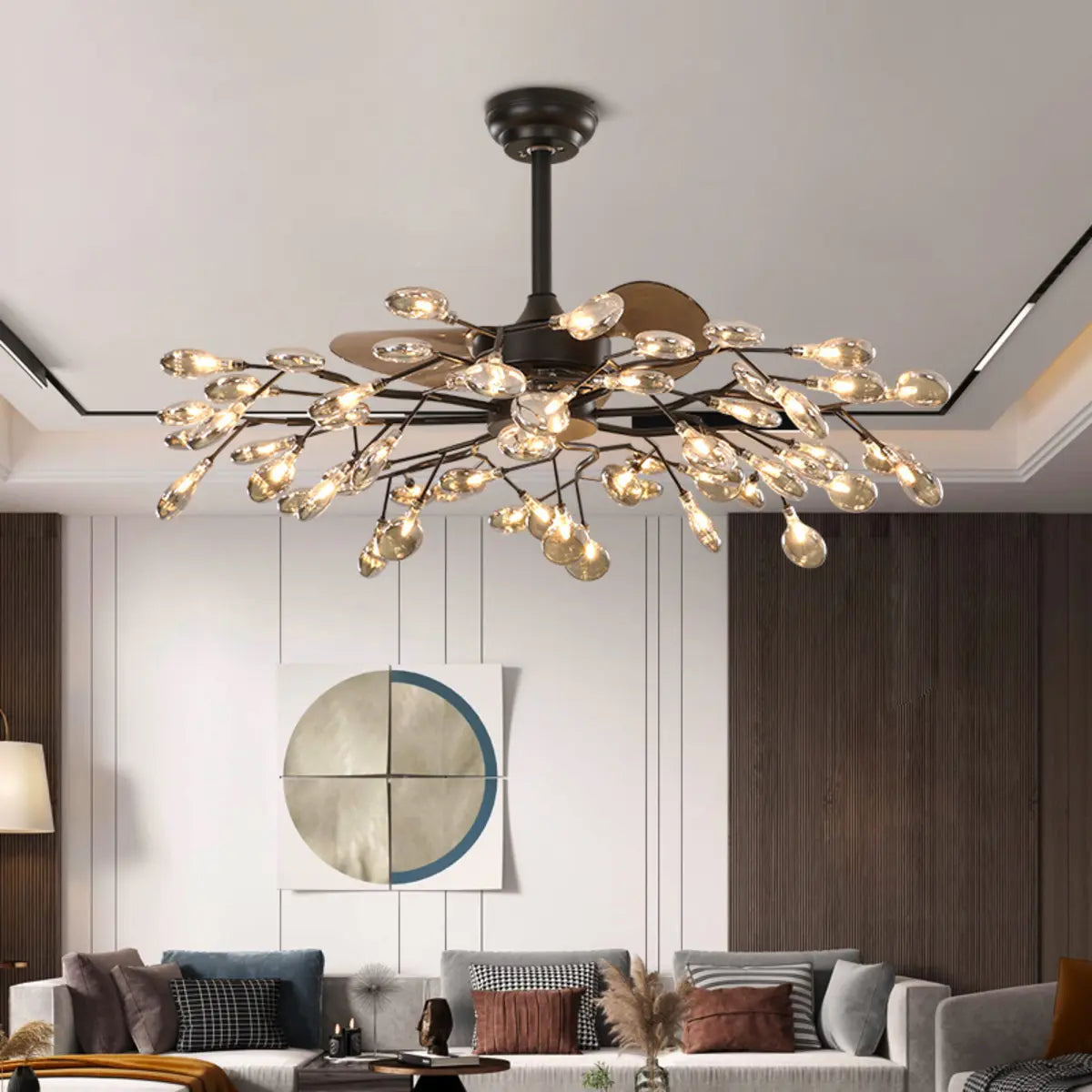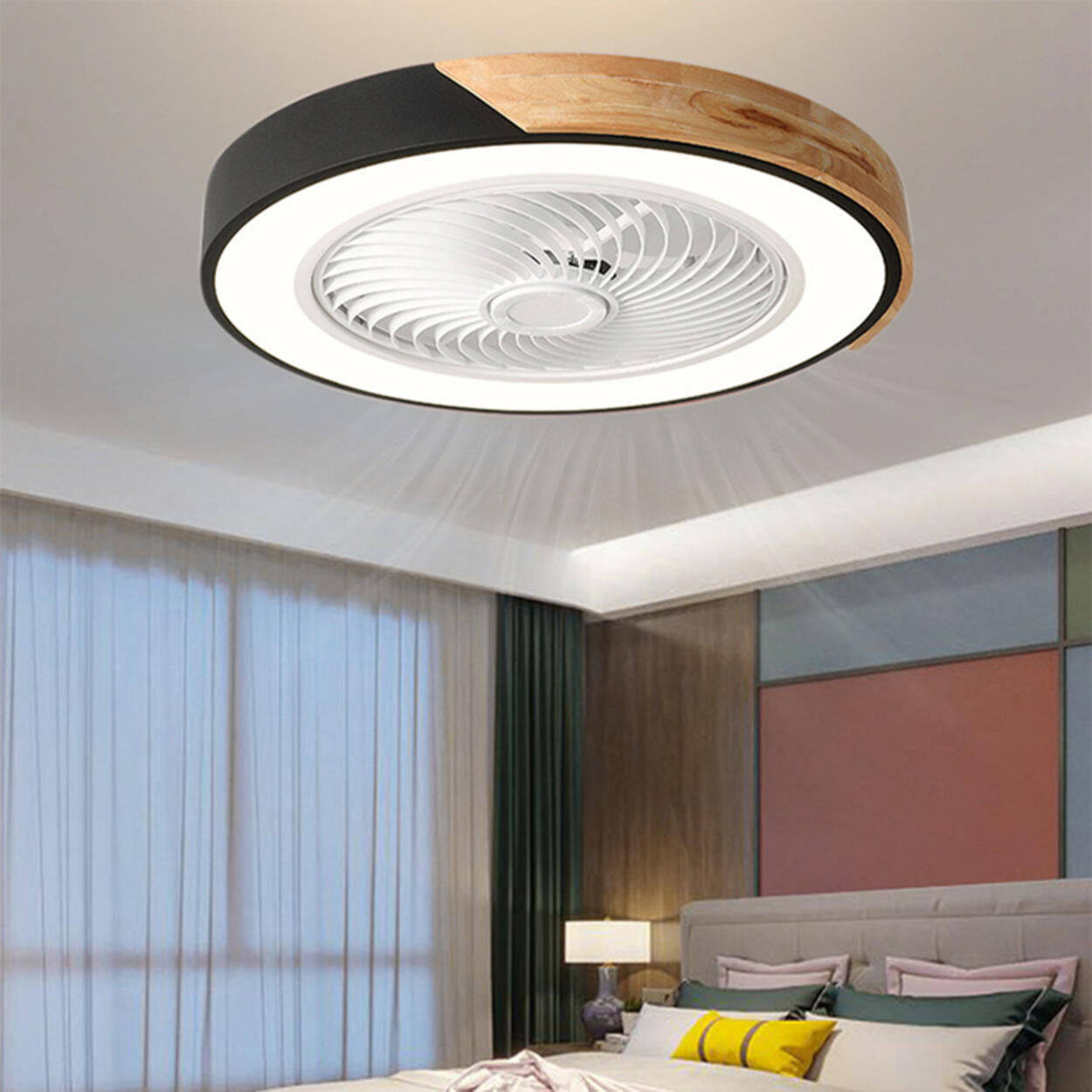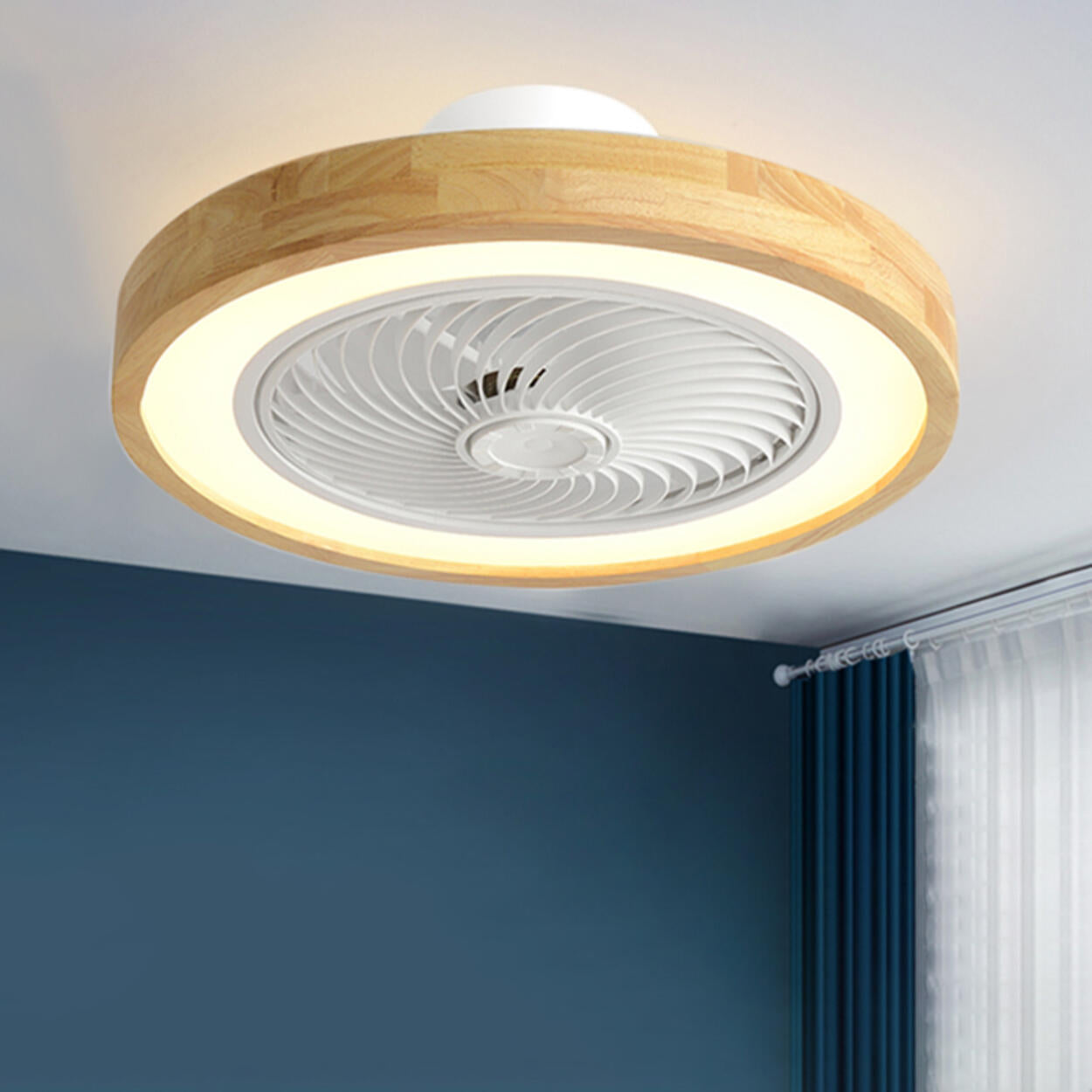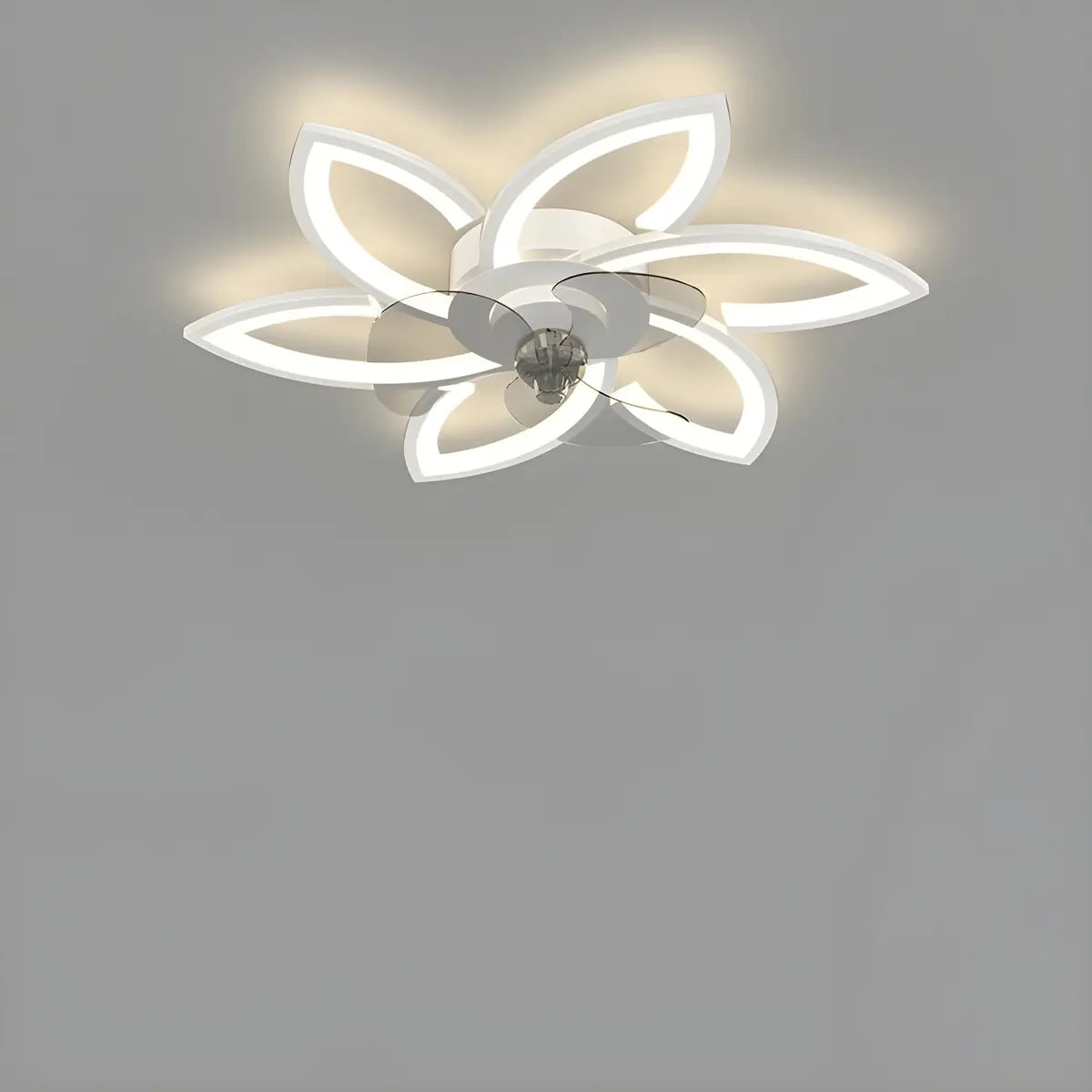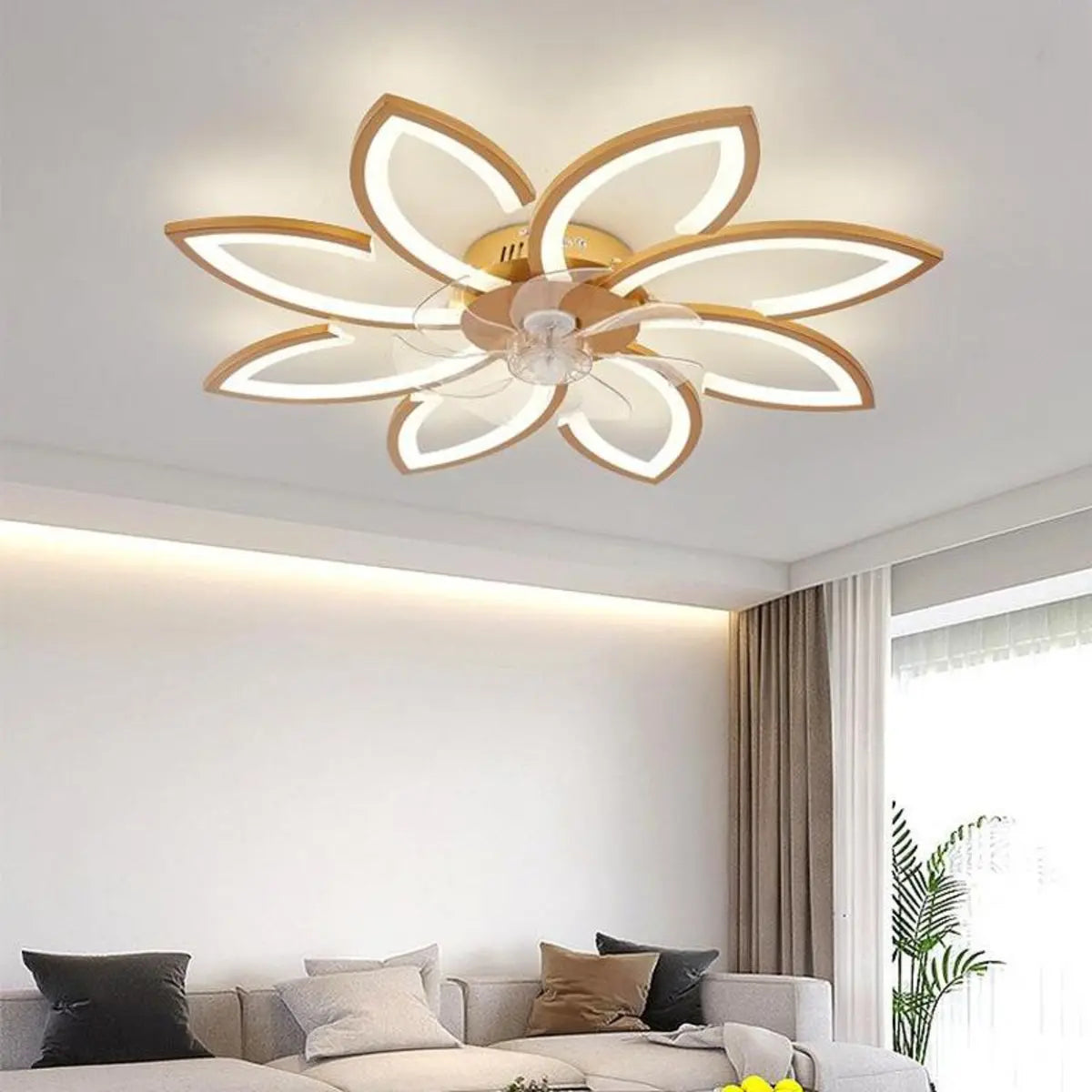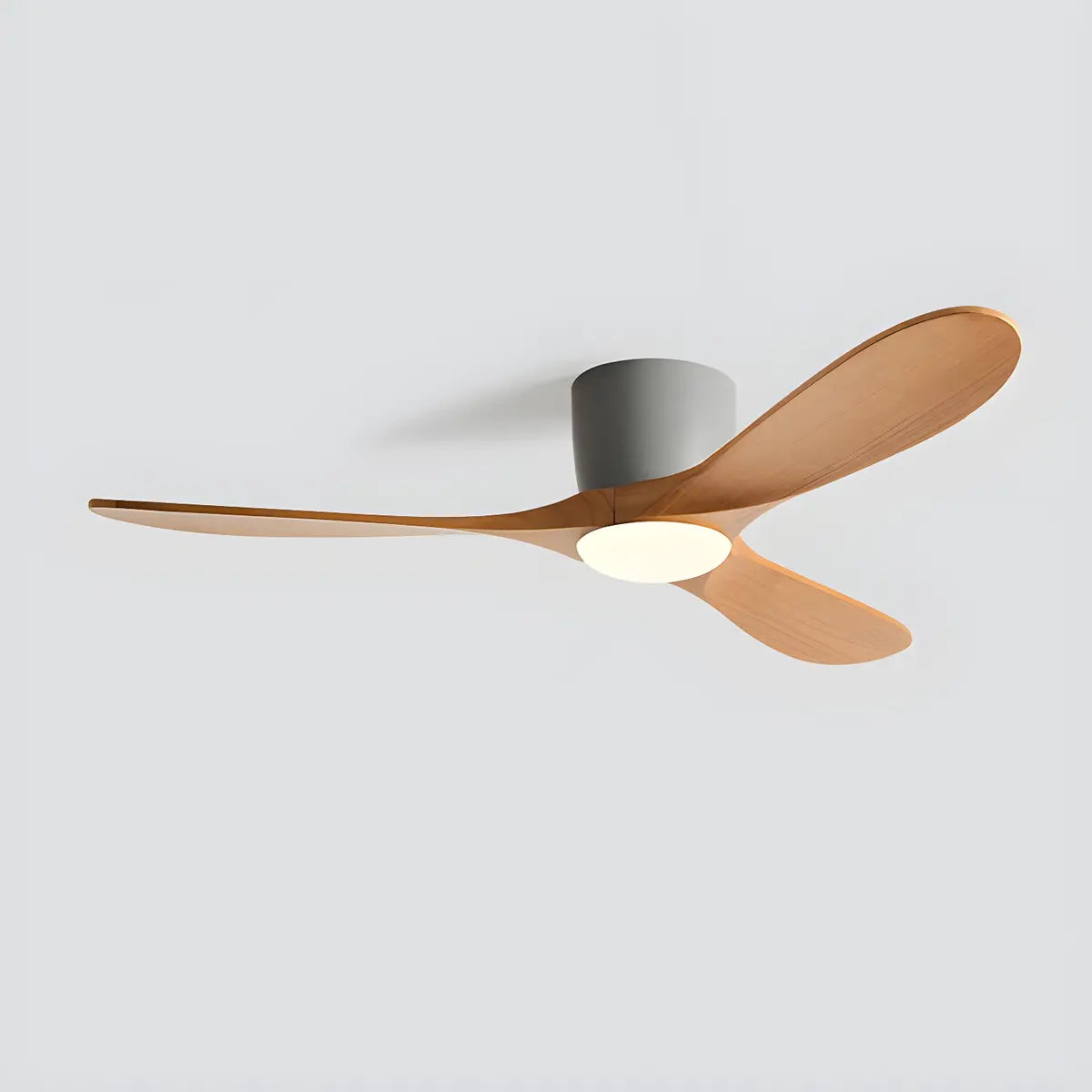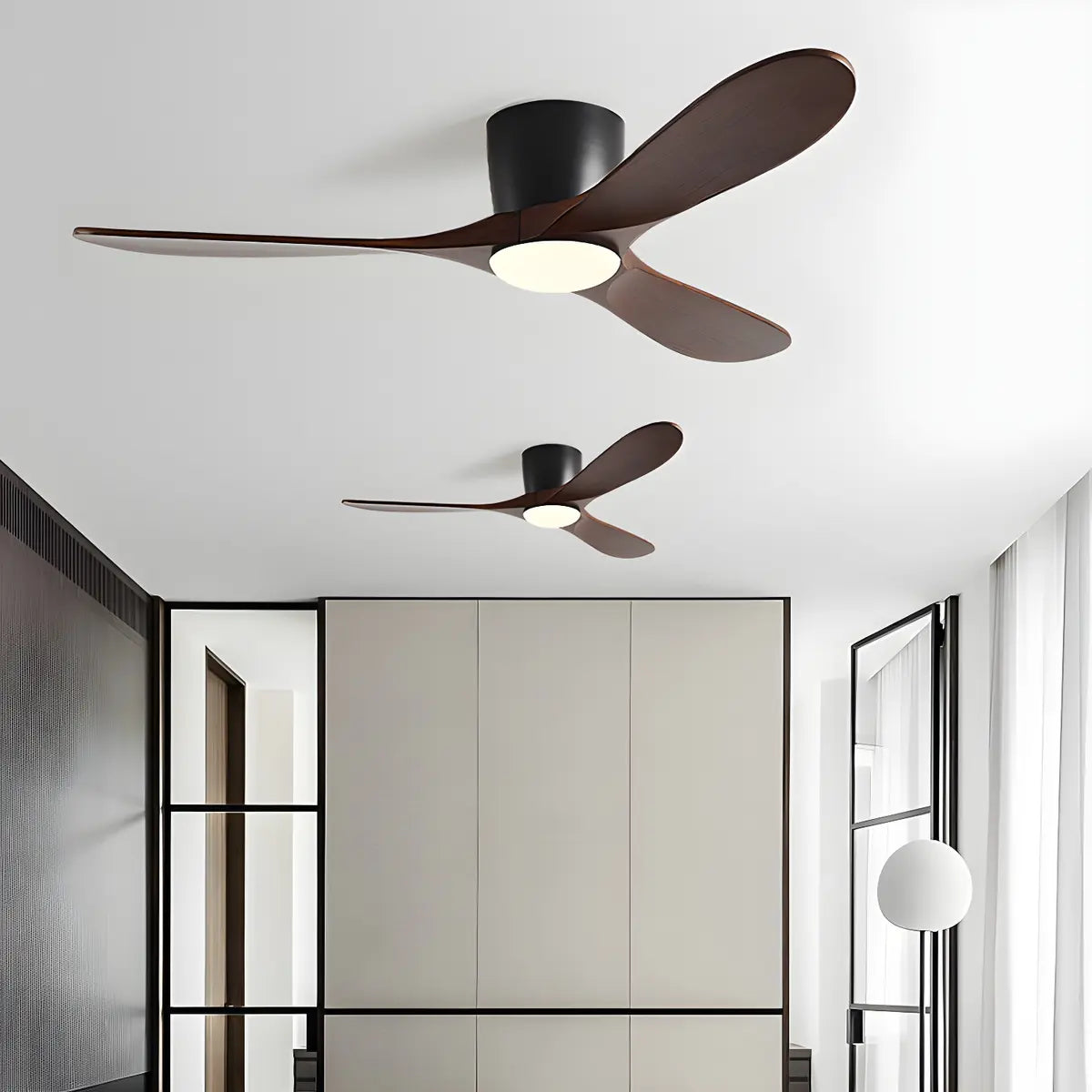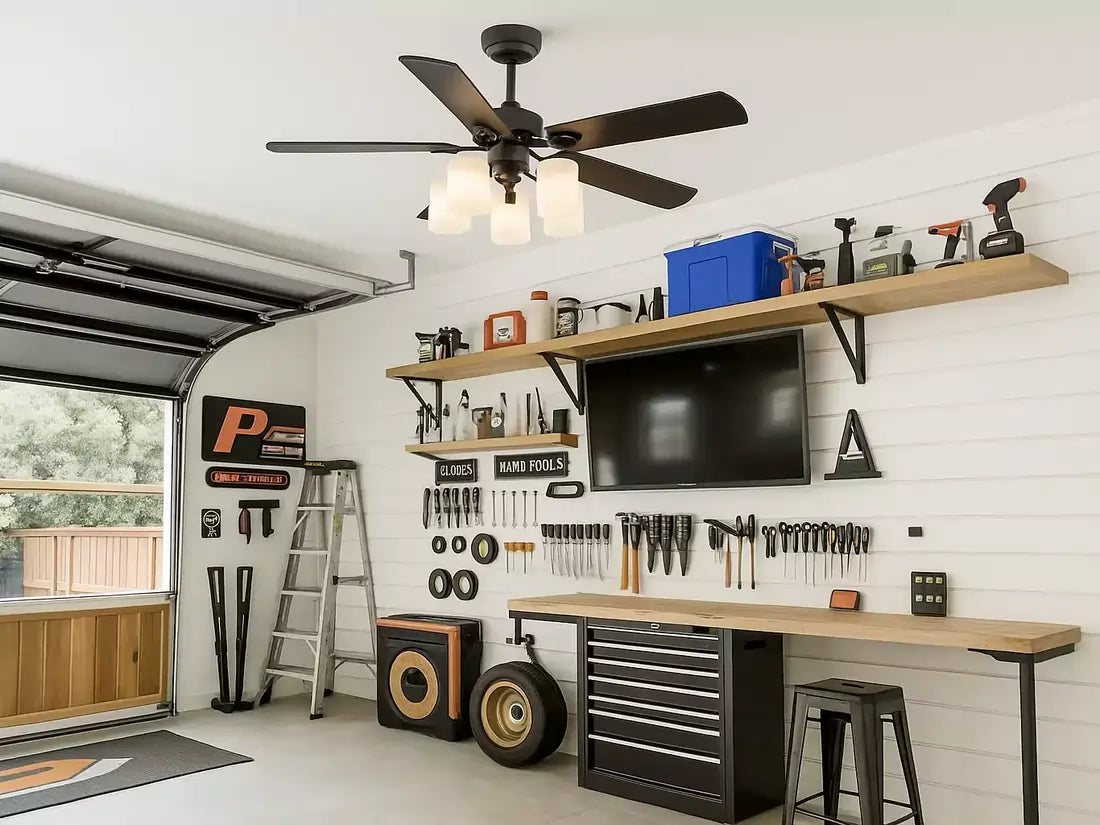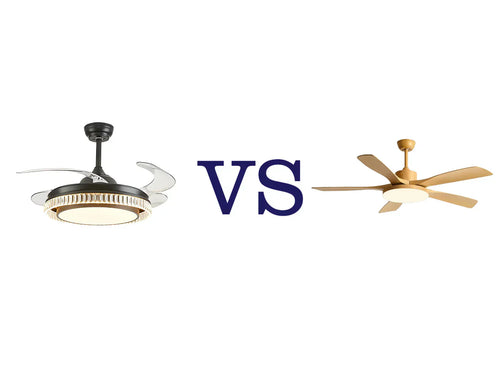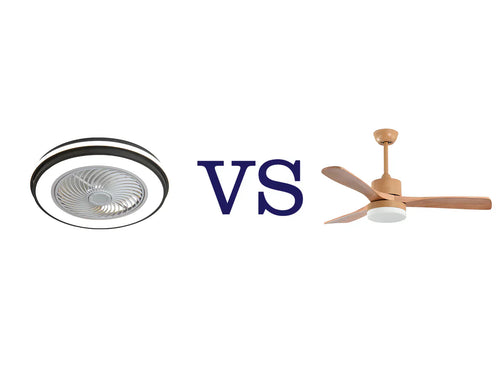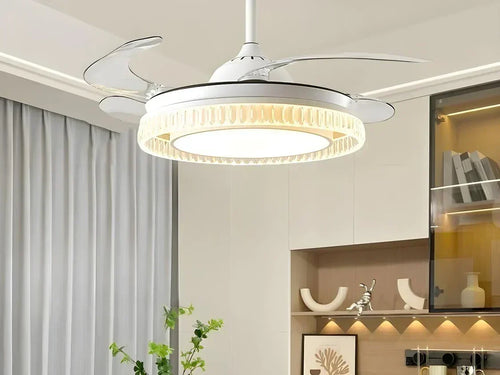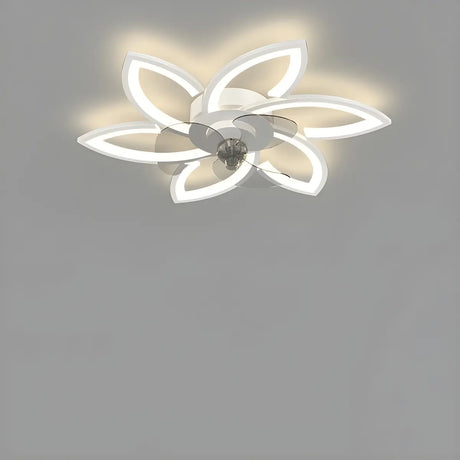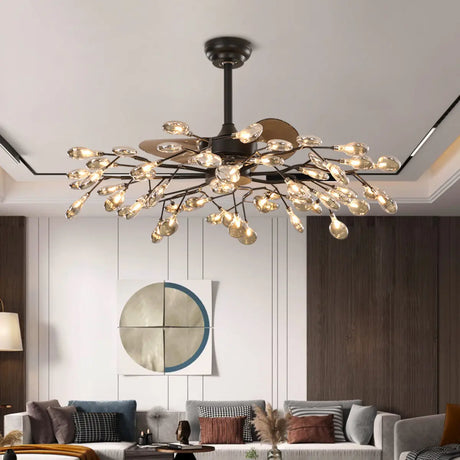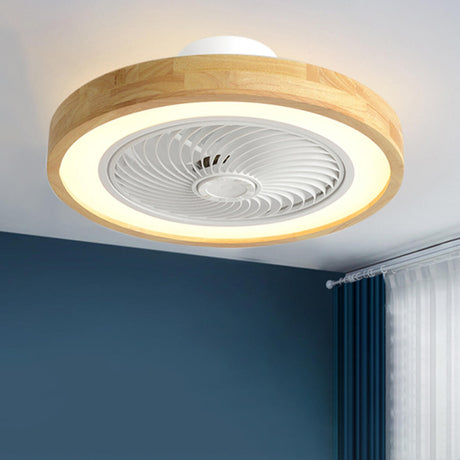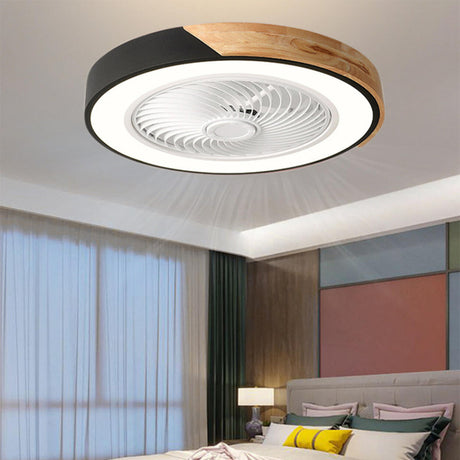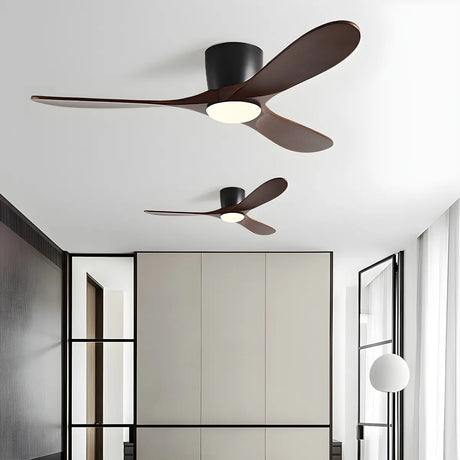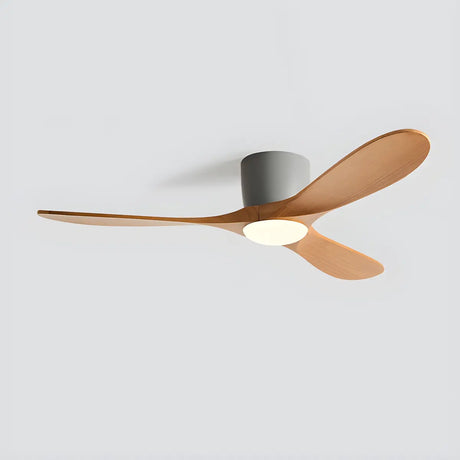When choosing a ceiling fan, you may encounter such a question: AC vs. DC Ceiling Fans, which one is more suitable? It seems that the only difference is the type of current, but in fact, it is related to energy consumption, noise, operation methods, and even the life of the fan.
This article will use a simple and easy-to-understand way to help you sort out the differences between them and choose the one that best suits your home.
Table of Contents
AC vs. DC Ceiling Fans: An Overview
Let's start with the basics.
What is an AC ceiling fan?

An AC ceiling fan is the traditional ceiling fan that you've probably seen in most homes. These fans plug into your regular household electricity - the same power that runs your lights and other appliances. AC fans have been around for decades and are still the most common type you'll find in stores. They're simple to use: just flip the switch and choose from a few different speed settings.
Key features of AC ceiling fans
- Affordable - Usually costs less to buy than DC fans.
- Easy to find - Available at most home improvement stores.
- Simple installation - Works with standard home wiring.
- Multiple speeds - Typically offer 3-4 speed settings.
- Reliable - Proven technology that lasts for years.
- Widely compatible - Works with most wall switches and remotes.
What is a DC ceiling fan?

A DC ceiling fan is a newer, more advanced type of ceiling fan that runs on direct current electricity. While your home still uses regular AC power, these fans have a built-in converter that changes the electricity to DC power before it reaches the motor. Think of DC fans as the "smart" version of ceiling fans - they're quieter, more energy-efficient, and offer better control than traditional fans. You'll often find them with remote controls and fancy features like reversible rotation and precise speed adjustments.
Key features of DC ceiling fans
- Energy efficient - Use up to 75% less electricity than AC fans.
- Super quiet - Much less noise, perfect for bedrooms.
- Smooth speed control - Can adjust to exact speeds, not just 3-4 settings.
- Remote control - Usually comes with remotes and smart features.
- Longer lasting - Motors typically last longer than AC motors.
- Better airflow - Move more air while using less energy.
AC vs. DC Ceiling Fans: What's the Difference?
What is the difference between AC and DC ceiling fans? Let's take a look at them in detail.
Motor type and technology
AC fans use single-phase induction motors, which are time-tested and easy to maintain.
DC fans, on the other hand, use brushless motors that are smaller, lighter, and more efficient.
Winner: DC fans produce less heat and run more smoothly, thanks to newer motor technology.
Energy efficiency

This is where DC fans really shine. They use up to 70% less energy than comparable AC models, especially at lower speeds. That means long-term savings on your energy bills.
Winner: DC fan - it's significantly more energy-efficient, especially if you use your fan daily.
Noise level
AC fans can develop a hum or slight vibration, especially in higher settings.
DC motors operate with less friction and smoother transitions, making them noticeably quieter. That makes them perfect for bedrooms, nurseries, or offices where silence matters.
Winner: DC fan - perfect for quiet, restful environments.
Speed control and features
AC fans typically offer 3 speeds and might only reverse direction manually via a switch on the fan body.
DC fans usually come with 5 to 6 speeds (or more), reverse settings, timers, and a remote control-or even app and voice control.
Winner: DC fan - it offers far more flexibility and smart features.
Cost

AC fans are more affordable, usually ranging from $50 to $150.
DC fans start higher and can go over $300, depending on the design and features. But their energy savings and smart features can make up for the cost over time.
Winner: AC fan - ideal if you're on a tight budget or need a basic setup.
Installation and compatibility
AC fans are easier to install and work well with traditional wall switches.
DC fans often require extra wiring for remotes or smart controls, which might need professional help.
Winner: AC fan - simpler and more DIY-friendly for most households.
Application scenario
AC fans work well in garages, spare rooms, or rental properties where basic airflow is all you need.
DC fans are better suited for living rooms, bedrooms, or anywhere you want a quieter, smarter, more efficient option.
Winner: DC fan - it fits more lifestyle needs and modern home setups.
Longevity and maintenance
AC motors are durable, but may experience more mechanical strain over time.
DC motors run cooler and have fewer moving parts, which generally means less wear and a longer lifespan.
Winner: DC fan - built for long-term durability and lower maintenance.
AC vs. DC Ceiling Fans: A Quick Guide
Take a look at this table to see the key differences at a glance.
| Feature | AC Ceiling Fan | DC Ceiling Fan |
| Motor Type | Traditional induction motor | Brushless, compact motor |
| Energy Use | Higher energy consumption | Uses up to 70% less energy |
| Noise Level | Louder, especially on high speed | Ultra-quiet operation |
| Speed & Control | 3 speeds, basic control | 5-6 speeds, remote/app/smart control |
| Cost | More affordable ($50-150) | More expensive upfront ($300+) |
| Installation Ease | Simple, works with most wiring | May require extra setup |
| Best Use Case | Garages, guest rooms, budget installs | Bedrooms, living rooms, smart homes |
| Lifespan & Maintenance | Durable but generates more heat | Longer lifespan, low heat, low upkeep |
AC vs. DC Ceiling Fans: How to Choose?
Still not sure which fan to pick? Don't worry-here's a simple way to break it down.
Choose an AC ceiling fan if:
- You're working with a limited budget or need to outfit multiple rooms at once.
- You just want a basic fan that gets the job done without extra features.
- You're installing it in a space like a garage, rental unit, or guest room where simplicity matters more than performance.
- You prefer a wall switch or pull chain and don't need smart features.
Choose a DC ceiling fan if:
- You want a fan that runs quietly, especially in a bedroom, nursery, or home office.
- You're looking for energy savings in the long run, especially if the fan is on for hours each day.
- You like having a remote control, multiple speed settings, or smart home features like voice control or scheduling.
- You're updating your main living areas and want something modern, sleek, and efficient.
Bottom line
If you're outfitting your forever home or value energy efficiency and comfort, a DC fan is worth the investment.
But if you need something simple, reliable, and cost-effective, an AC fan will serve you well.
Final Thoughts
Regarding AC vs. DC Ceiling Fans, there is actually no absolute "best" answer. It mainly depends on your needs and budget. AC ceiling fans are affordable and offer solid performance, making them a good choice for those on a budget or those who prefer traditional styles. DC ceiling fans are more energy-efficient, quieter, and feature more features, making them a good choice for families seeking efficiency and a quiet environment.
In short, your choice should depend on your needs, budget, and where you plan to use your ceiling fan. Understanding these differences means you can make the right choice-not only for your ceiling, but for your entire home.
FAQs
Are DC ceiling fans better than AC?
Are DC ceiling fans better than AC?
DC ceiling fans are more energy-efficient, quieter, and offer more features than AC fans. However, they typically come with a higher upfront cost.
Which is better, AC or DC cooling fan?
Which is better, AC or DC cooling fan?
DC cooling fans are generally better due to their energy efficiency, quieter operation, and greater control over speed and settings.
What are the disadvantages of DC fans?
What are the disadvantages of DC fans?
DC fans tend to cost more upfront, may be more complex to install, and sometimes require specialized parts or controls not needed with AC fans.
Do DC ceiling fans require special wiring?
Do DC ceiling fans require special wiring?
No, DC ceiling fans use standard household wiring. However, installing smart features or remote control receivers might require extra setup.










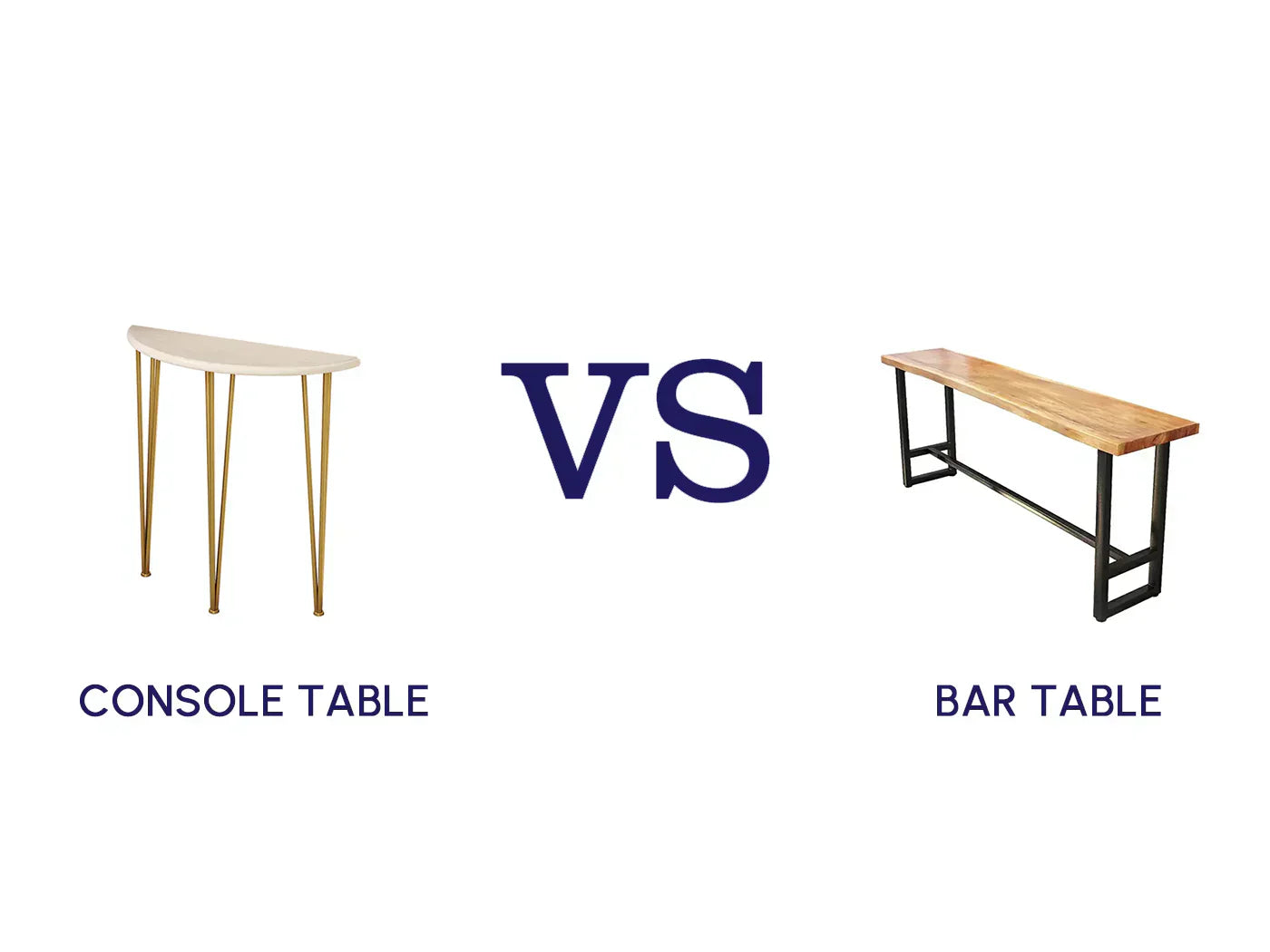












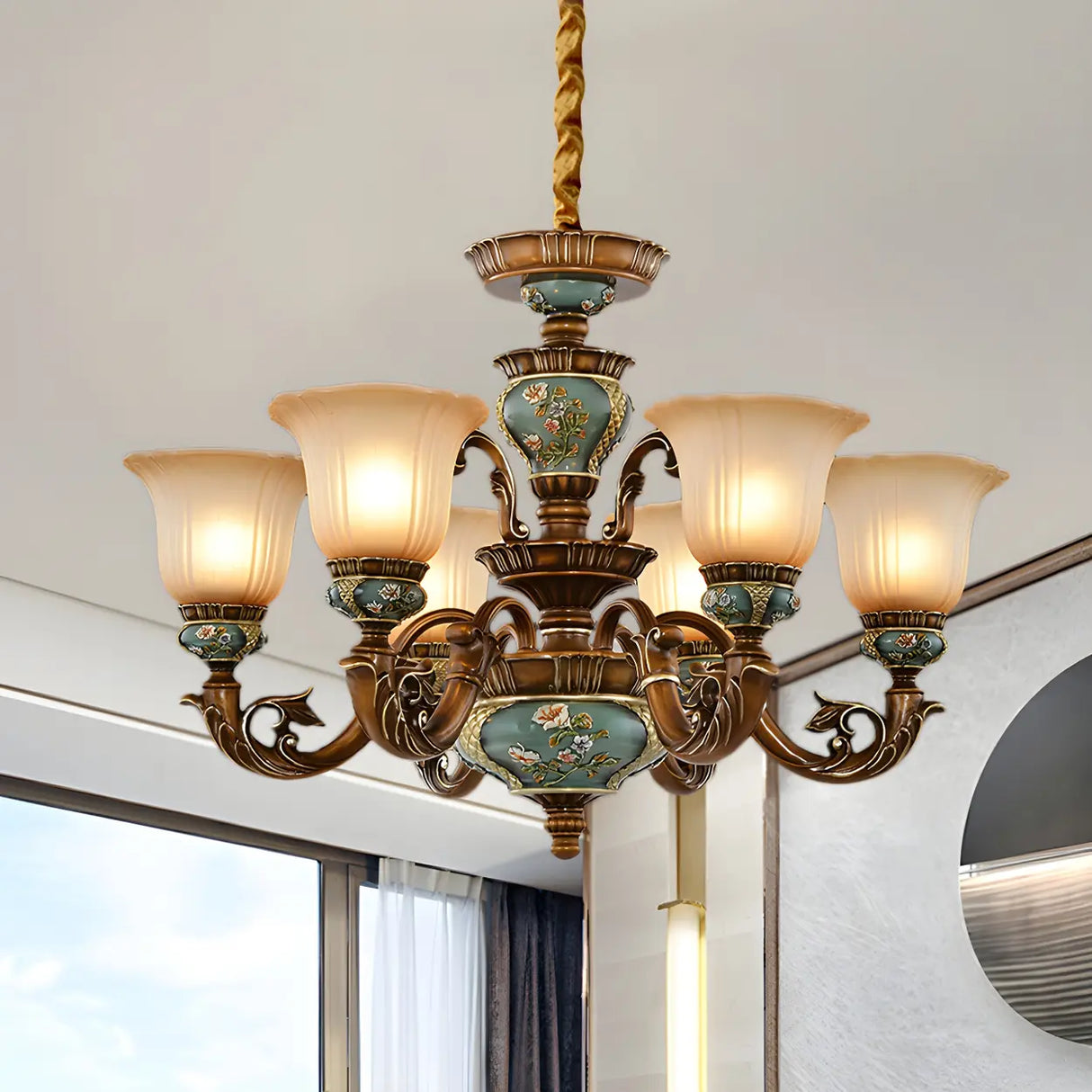
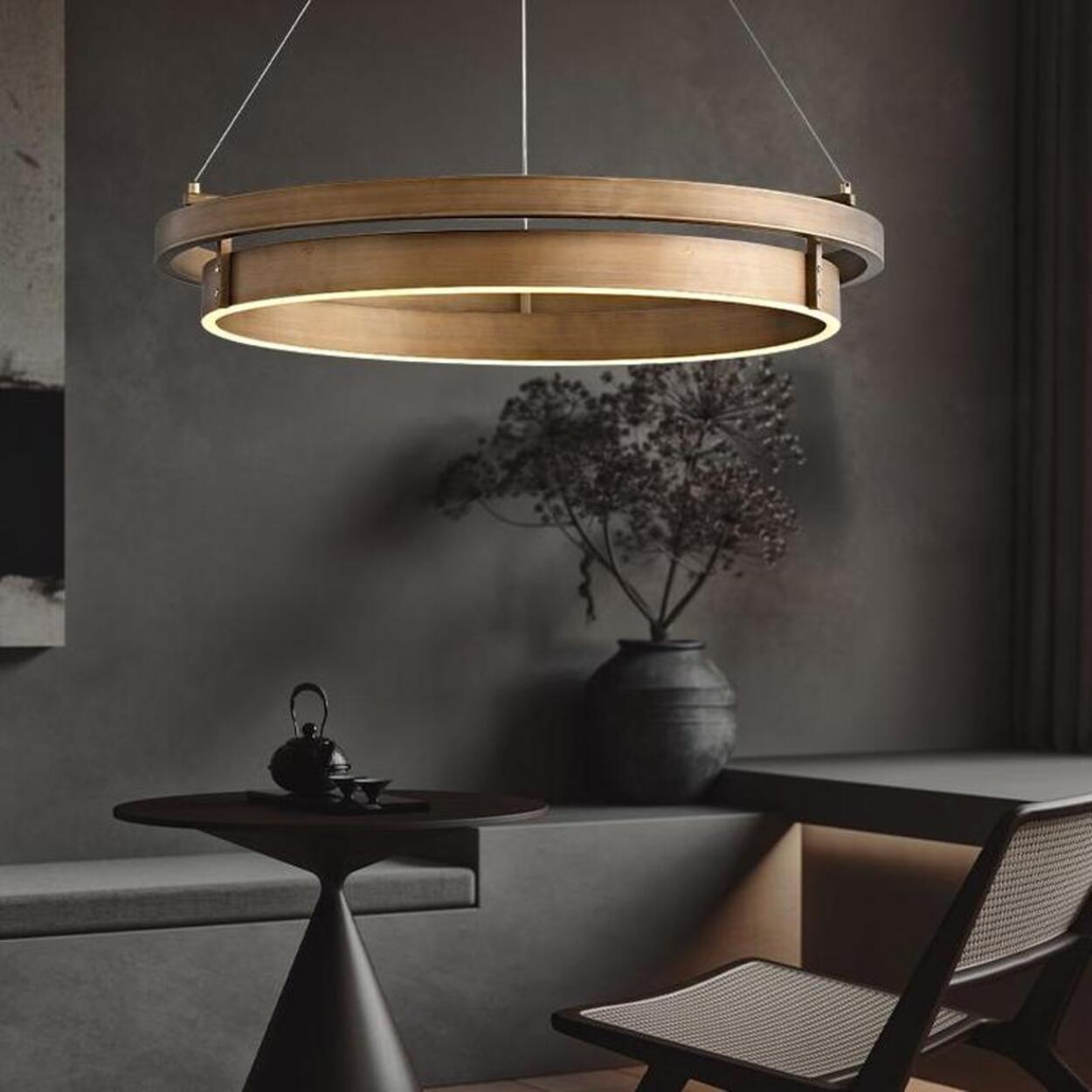
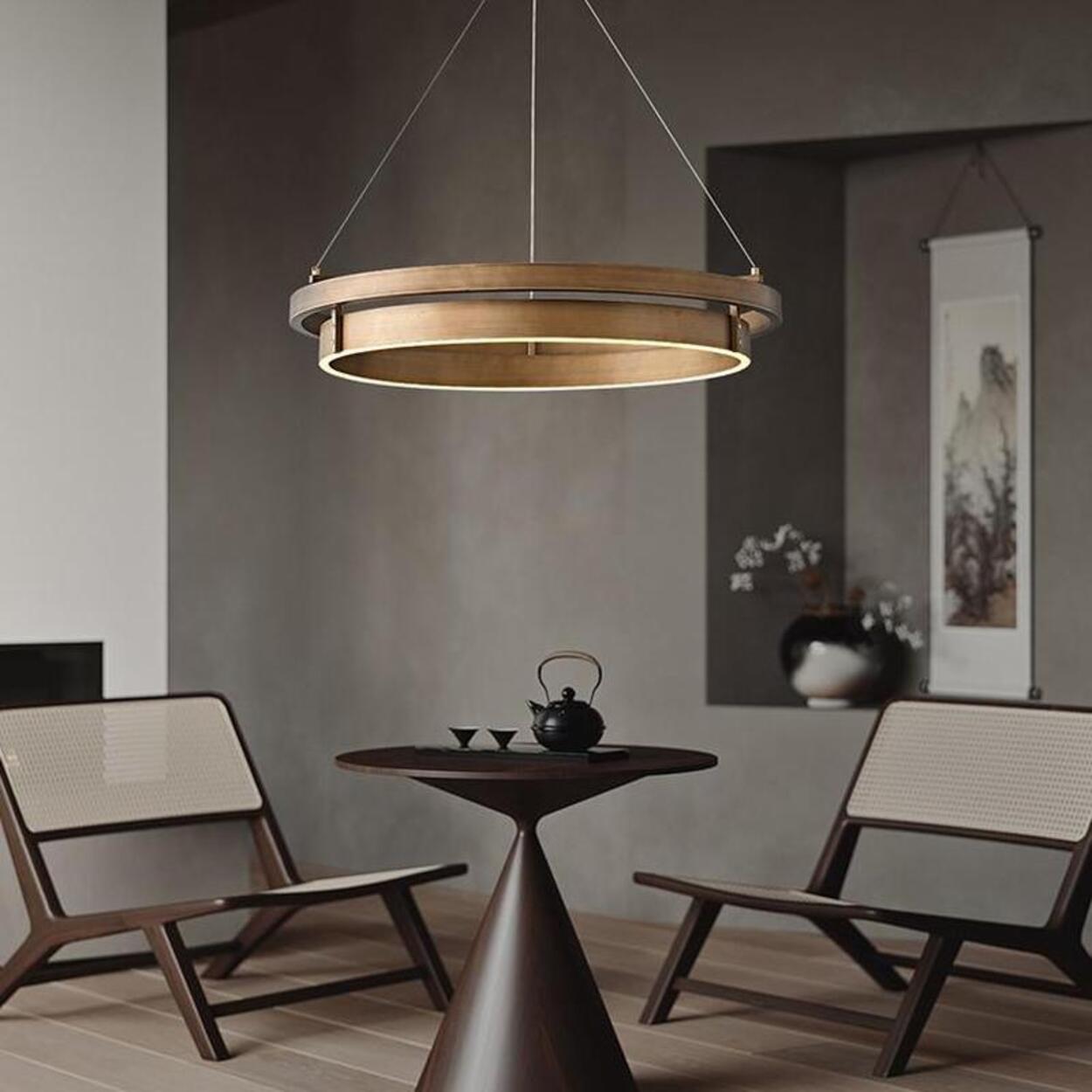

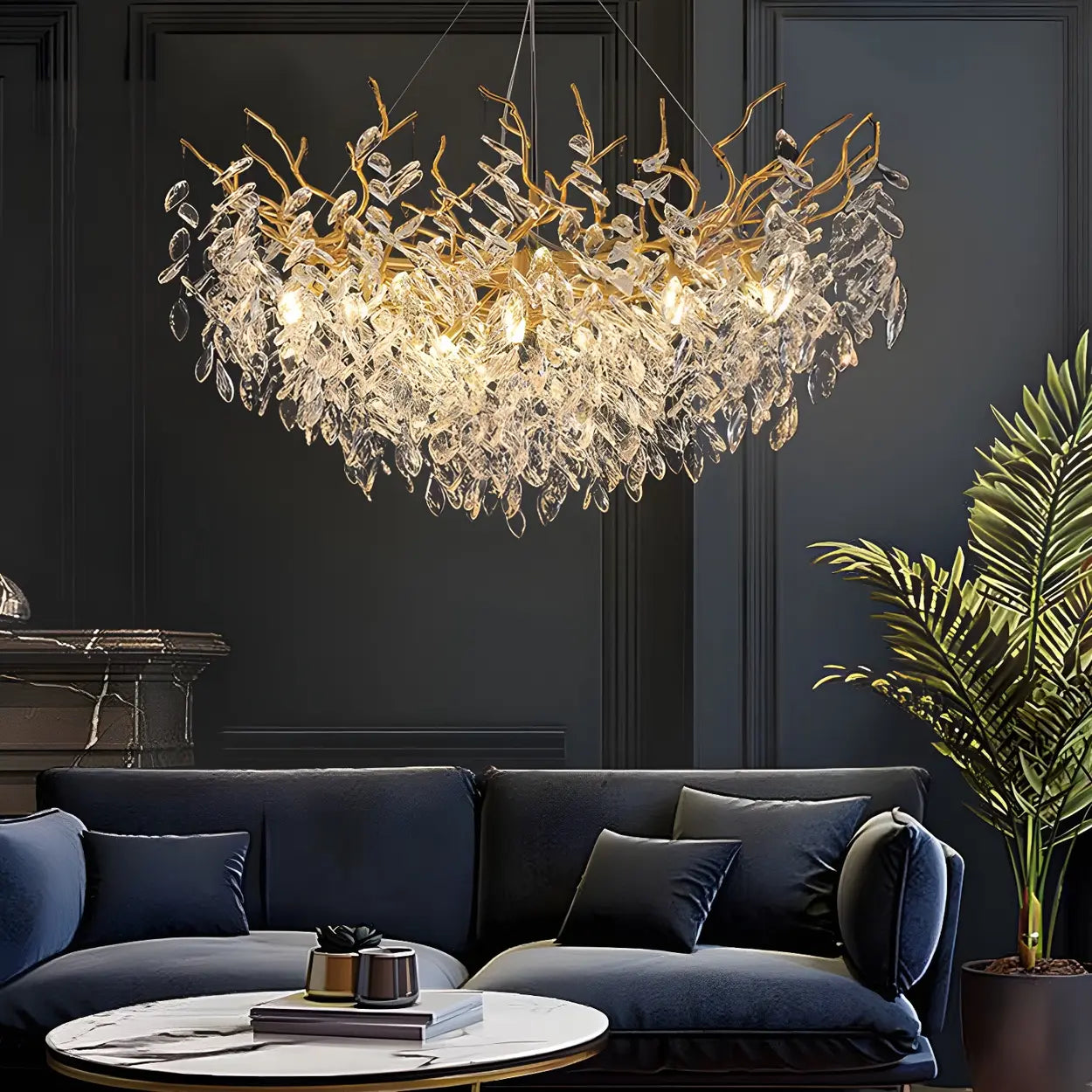
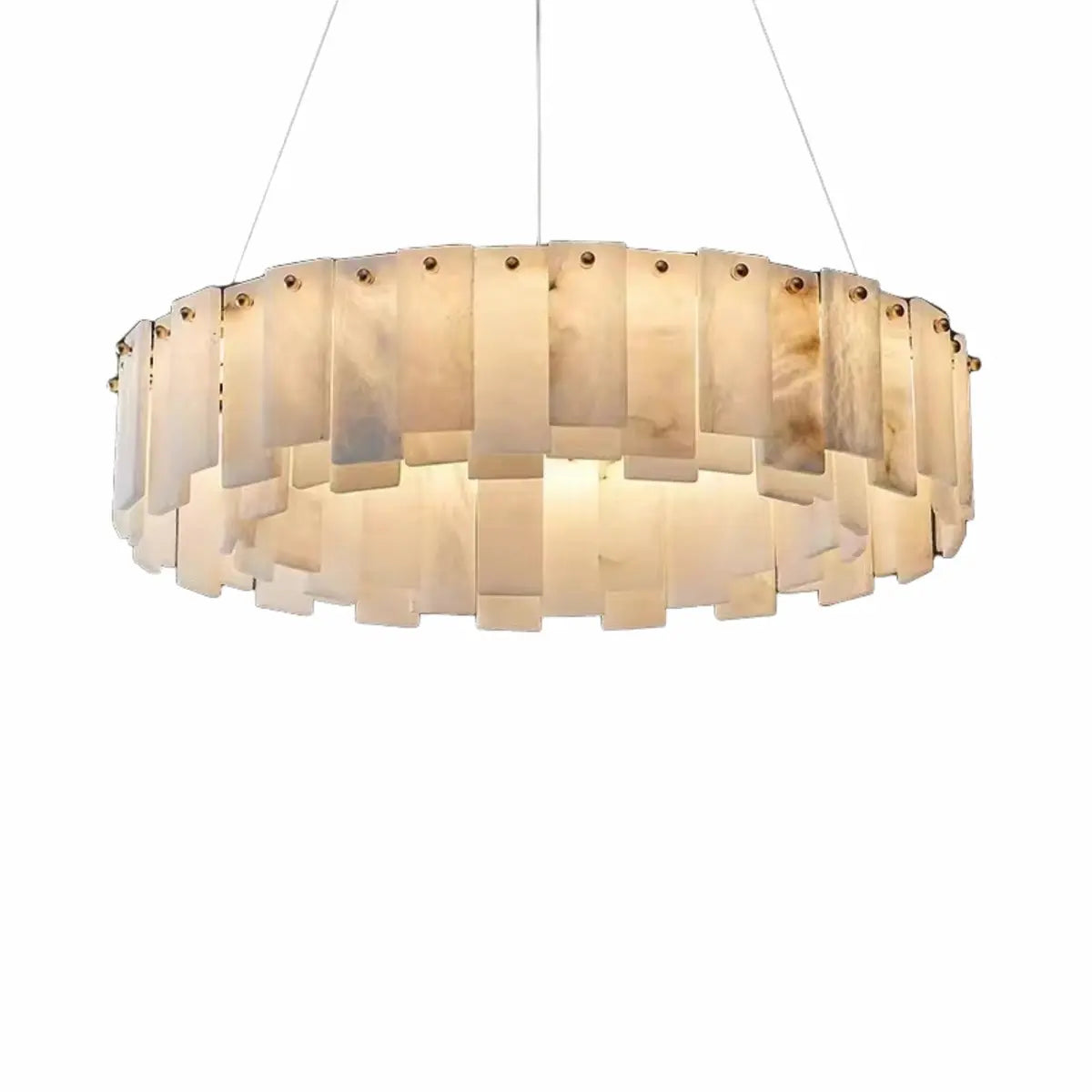
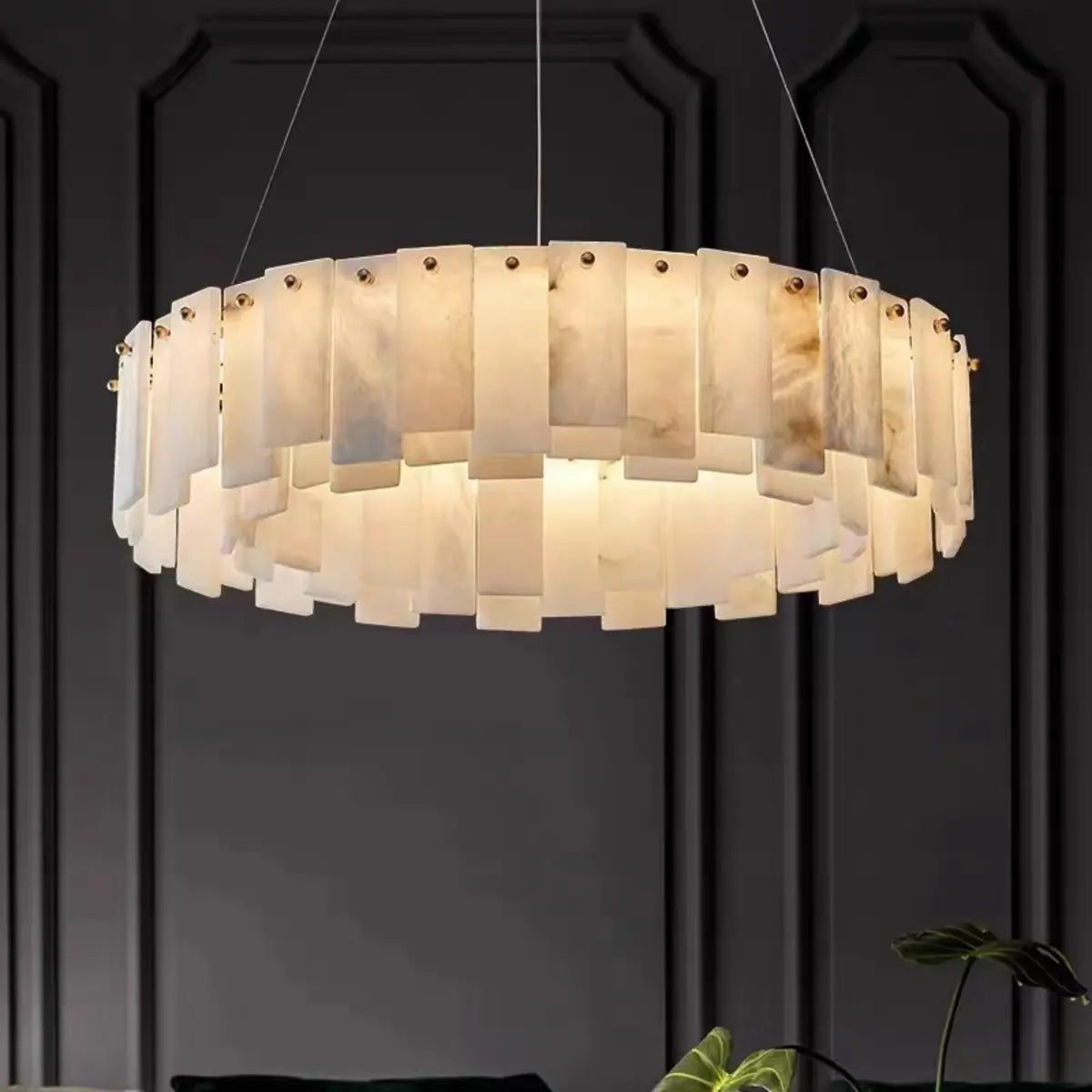






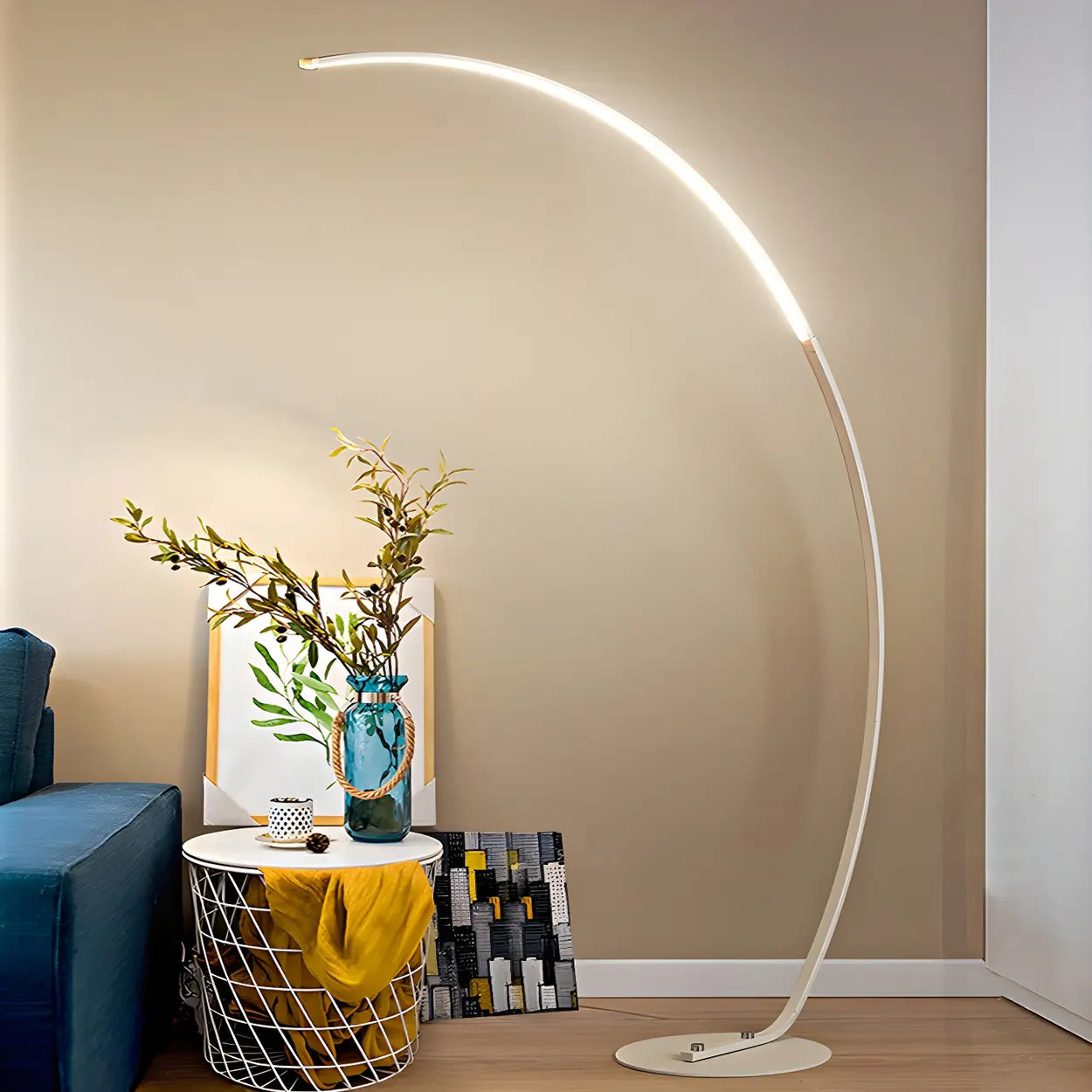
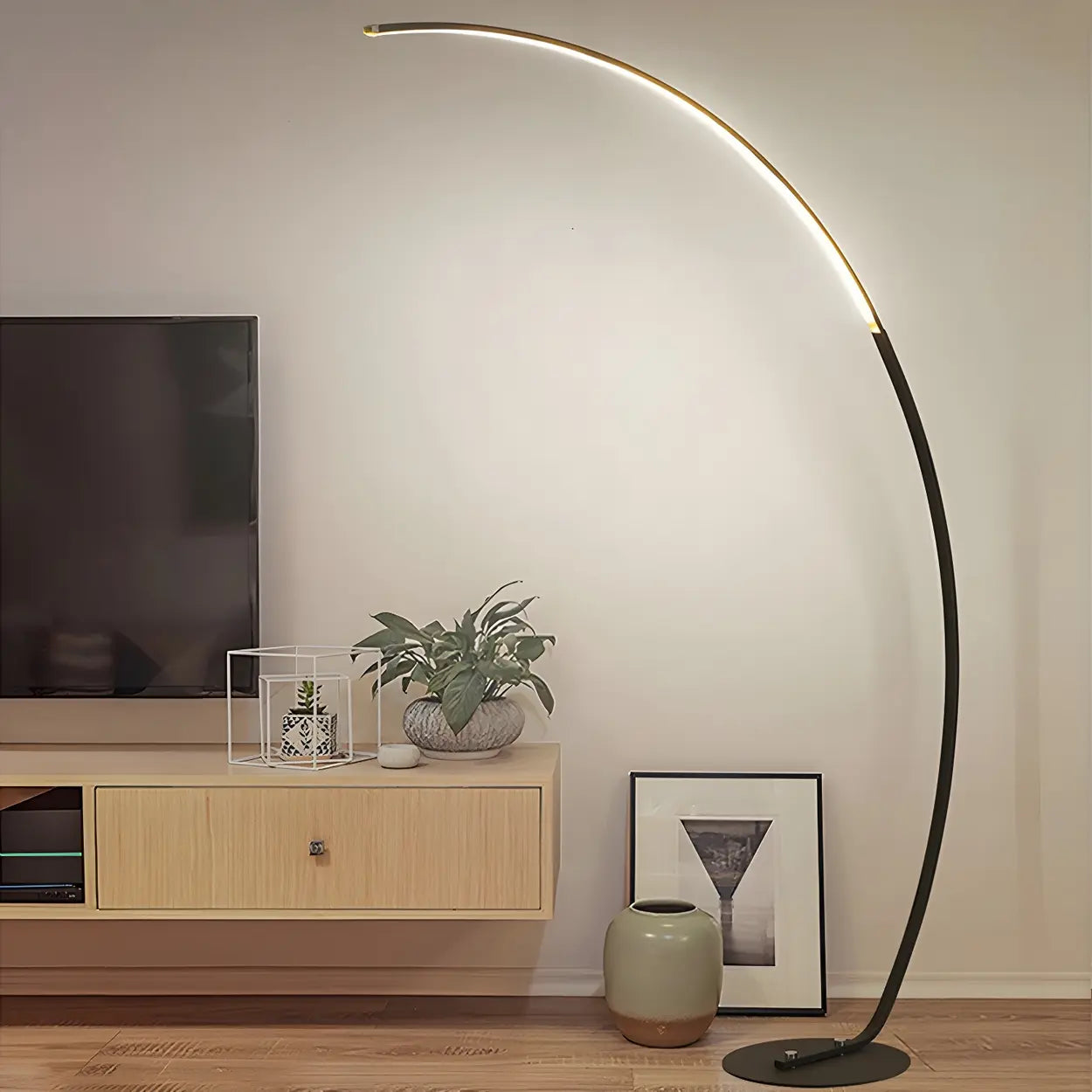

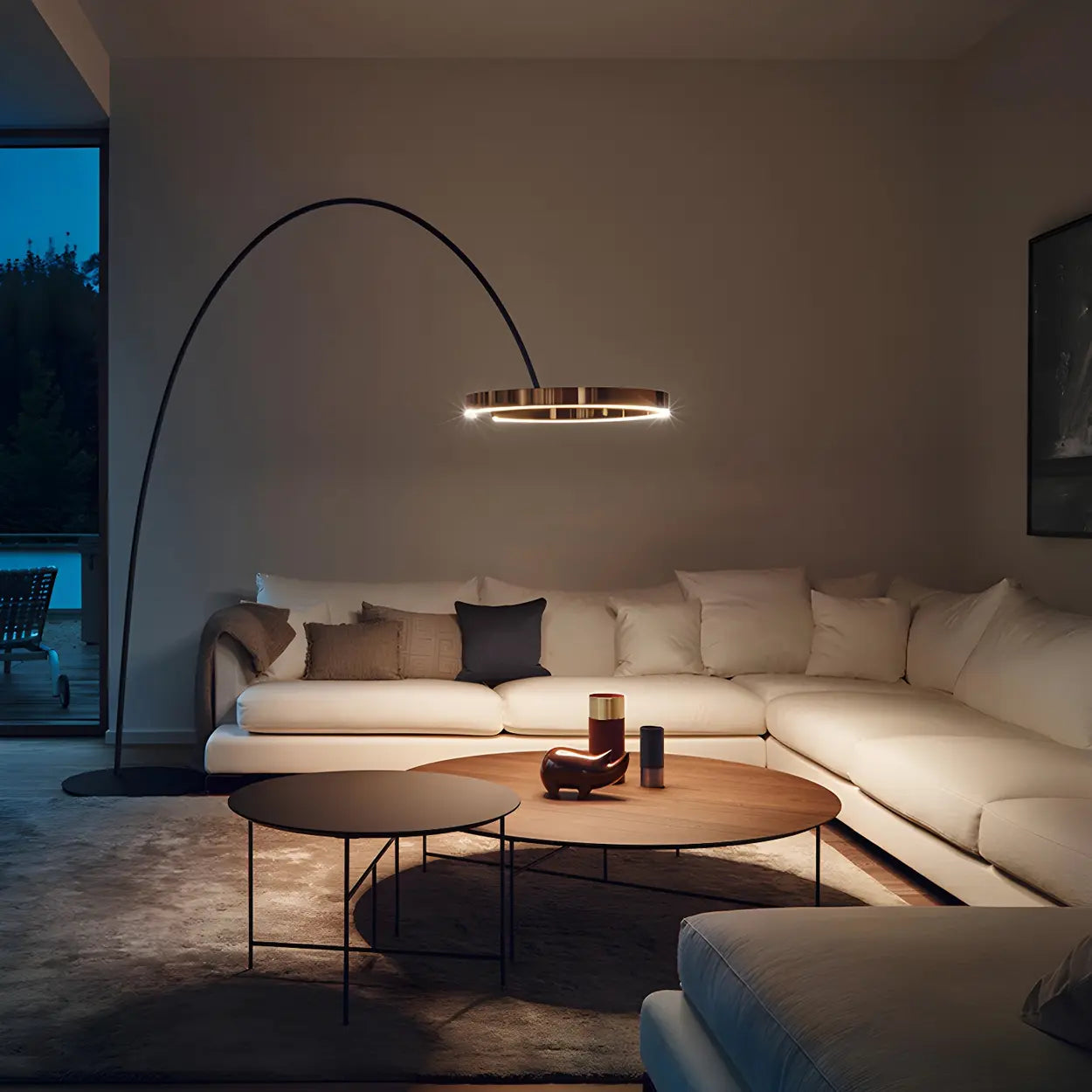
![10 Best Floor Lamp for Reading [2025 Review]](http://www.homebaa.com/cdn/shop/articles/banner_c990b0a4-4743-4902-b6be-5609f7a21a90.webp?v=1747357941)











![How to Choose the Coffee Table Height? [2025 Newest Guide]](http://www.homebaa.com/cdn/shop/articles/coffee-table-height.webp?v=1749523259)

